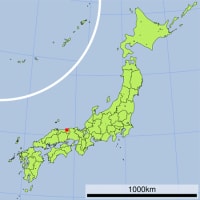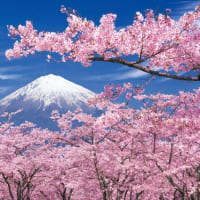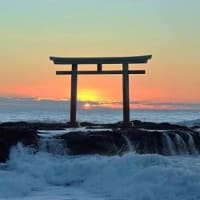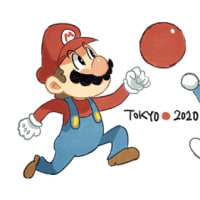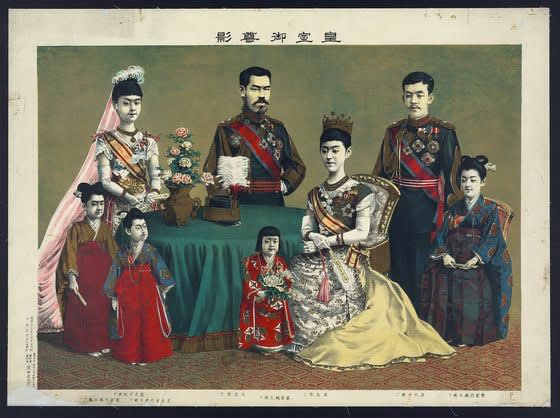
叡聖文武なる天皇陛下
His Majesty the Emperor, mighty in war and peace.
天皇陛下万歳
Long live the Emperor!
天皇陛下
His Majesty the Emperor.
天皇陛下
His Imperial Majesty -
Imperial House of Japan
The Imperial House of Japan (皇室
koshitsu), also referred to as the
Imperial Family
,
and the Yamato Dynasty
,
[
comprises those members of the extended family of the reigning
Emperor of Japan
who undertake official and public duties. Under the present
Constitution of Japan
,
the Emperor is "the symbol of the State and of the unity of the people".
Other members of the imperial family perform ceremonial and social duties, but have no role in the affairs of government. The duties as an Emperor are passed down the line to their children and so on.
The
Japanese monarchy is the
oldest continuous hereditary monarchy in the world
.
The imperial house recognizes 125
monarchs
beginning with the legendary
Emperor Jimmu
(traditionally dated to 11 February 660 BCE) and continuing up to the current emperor,
Akihito
; see its
family tree
His Majesty the Emperor, mighty in war and peace.
天皇陛下万歳
Long live the Emperor!
天皇陛下
His Majesty the Emperor.
天皇陛下
His Imperial Majesty -
Imperial House of Japan
The Imperial House of Japan (皇室
koshitsu), also referred to as the
Imperial Family
,
and the Yamato Dynasty
,
[
comprises those members of the extended family of the reigning
Emperor of Japan
who undertake official and public duties. Under the present
Constitution of Japan
,
the Emperor is "the symbol of the State and of the unity of the people".
Other members of the imperial family perform ceremonial and social duties, but have no role in the affairs of government. The duties as an Emperor are passed down the line to their children and so on.
The
Japanese monarchy is the
oldest continuous hereditary monarchy in the world
.
The imperial house recognizes 125
monarchs
beginning with the legendary
Emperor Jimmu
(traditionally dated to 11 February 660 BCE) and continuing up to the current emperor,
Akihito
; see its
family tree













